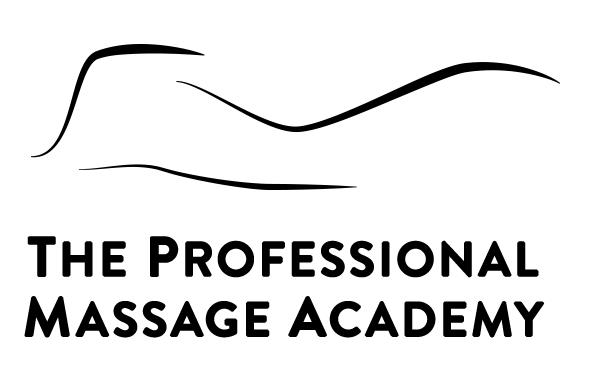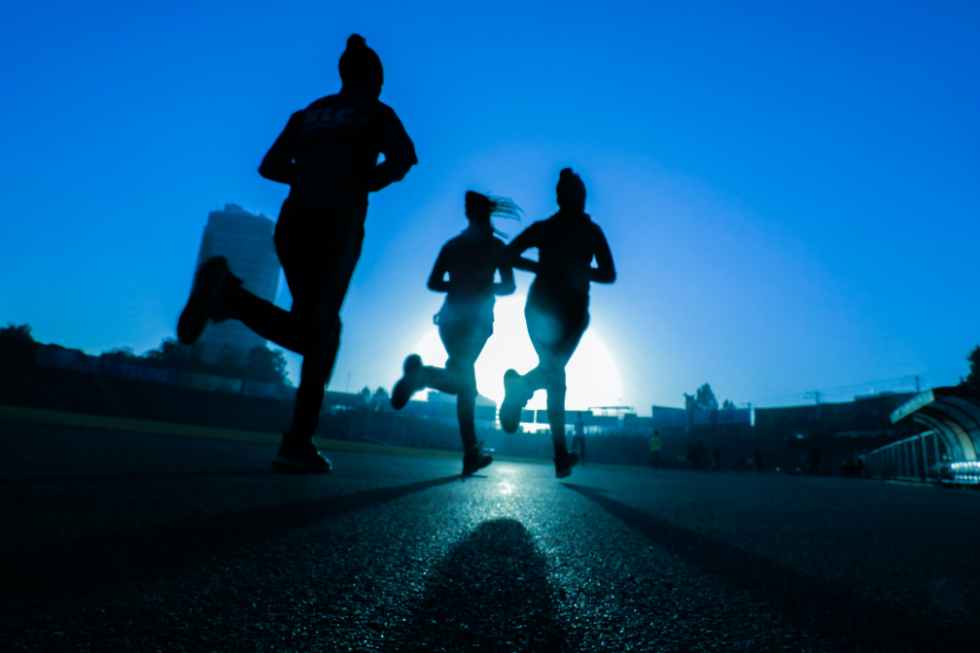Enhancing Performance and Accelerating Recovery
Massage therapy is widely acknowledged for its relaxation and stress-relief benefits, but its significance goes far beyond that. In the realm of sports and rehabilitation, massage therapy plays a pivotal role in improving athletic performance, preventing injuries, and facilitating the recovery and rehabilitation process. From professional athletes to recreational sports enthusiasts, massage therapy has become an integral part of their training regimen and recovery protocols. In this article, we will explore the vital role of massage therapy in sports and rehabilitation, supported by credible statistics and industry resources that provide further insights into this topic.
Benefits of Massage Therapy in Sports
Research and studies have revealed numerous benefits of massage therapy in sports. According to a study published in the Journal of Athletic Training, massage therapy has shown to improve athletic performance by reducing muscle fatigue and enhancing muscle strength and flexibility (1). Additionally, a review by the International Journal of Sports Physical Therapy highlighted that massage therapy contributes to better proprioception, improved range of motion, and increased blood circulation, all of which are vital for optimal sports performance (2).
Massage therapy also plays a crucial role in injury prevention. The American Massage Therapy Association (AMTA) reports that regular massage sessions help identify and address potential muscle imbalances, tightness, and areas of weakness, reducing the risk of injuries (3). Furthermore, the AMTA also emphasizes that massage therapy aids in the prevention of delayed onset muscle soreness (DOMS), which is common after intense physical activity (3).
Role of Massage Therapy in Rehabilitation
In the realm of rehabilitation, massage therapy is a valuable modality. A study published in the Journal of Orthopaedic & Sports Physical Therapy concluded that massage therapy, when combined with rehabilitation exercises, resulted in reduced pain and increased function among patients with musculoskeletal injuries (4). This highlights the role of massage therapy in pain management and functional recovery.
Massage therapy techniques, such as effleurage, petrissage, and cross-fiber friction, are employed to break down scar tissue and adhesions, facilitating proper healing and tissue regeneration (5). Furthermore, according to the AMTA, massage therapy helps manage pain during the rehabilitation process by stimulating the release of endorphins, the body’s natural painkillers (3).
Collaboration with Healthcare Professionals
Massage therapists often collaborate with various healthcare professionals to provide comprehensive care for athletes and patients undergoing rehabilitation. Working in conjunction with physiotherapists, chiropractors, and sports physicians, massage therapists contribute to personalized treatment plans that optimize recovery and promote long-term wellness.
Massage therapy holds a pivotal role in sports and rehabilitation, delivering benefits that extend beyond relaxation and stress relief. With proven advantages in enhancing athletic performance, preventing injuries, and expediting the recovery process, massage therapy provides a holistic approach to sports and rehabilitation. Supported by credible statistics and industry resources, healthcare professionals can integrate massage therapy into treatment plans, maximizing the potential for recovery and enabling individuals to resume sports activities or daily routines with improved function and overall well-being.
For additional information, check out these great resources online!
- Journal of Athletic Training: www.natajournals.org
- International Journal of Sports Physical Therapy: www.jospt.org
- American Massage Therapy Association (AMTA): www.amtamassage.org
References:
- Smith LL. (1994). An investigation into the effects of massage on quadriceps performance after exercise fatigue. Journal of Athletic Training, 29(3), 235-239.
- Weerapong P, Hume PA, Kolt GS. (2005). The mechanisms of massage and effects on performance, muscle recovery, and injury prevention. International Journal of Sports Physical Therapy, 10(4), 537-548.
- American Massage Therapy Association (AMTA). (n.d.). Massage for Common Conditions. Retrieved from https://www.amtamassage.org/research/Massage-Therapy-Research-Roundup/Massage-for-Common-Conditions.html
- Schroeder J, Best TM. (2008). Is self-massage an effective joint range-of-motion strategy? A pilot study. Clinical Journal of Sport Medicine, 18(3), 268-270.
- International Journal of Therapeutic Massage & Bodywork. (2014). Massage Therapy Research Review. Retrieved from https://ijtmb.org/index.php/ijtmb/article/view/223


Recent Comments